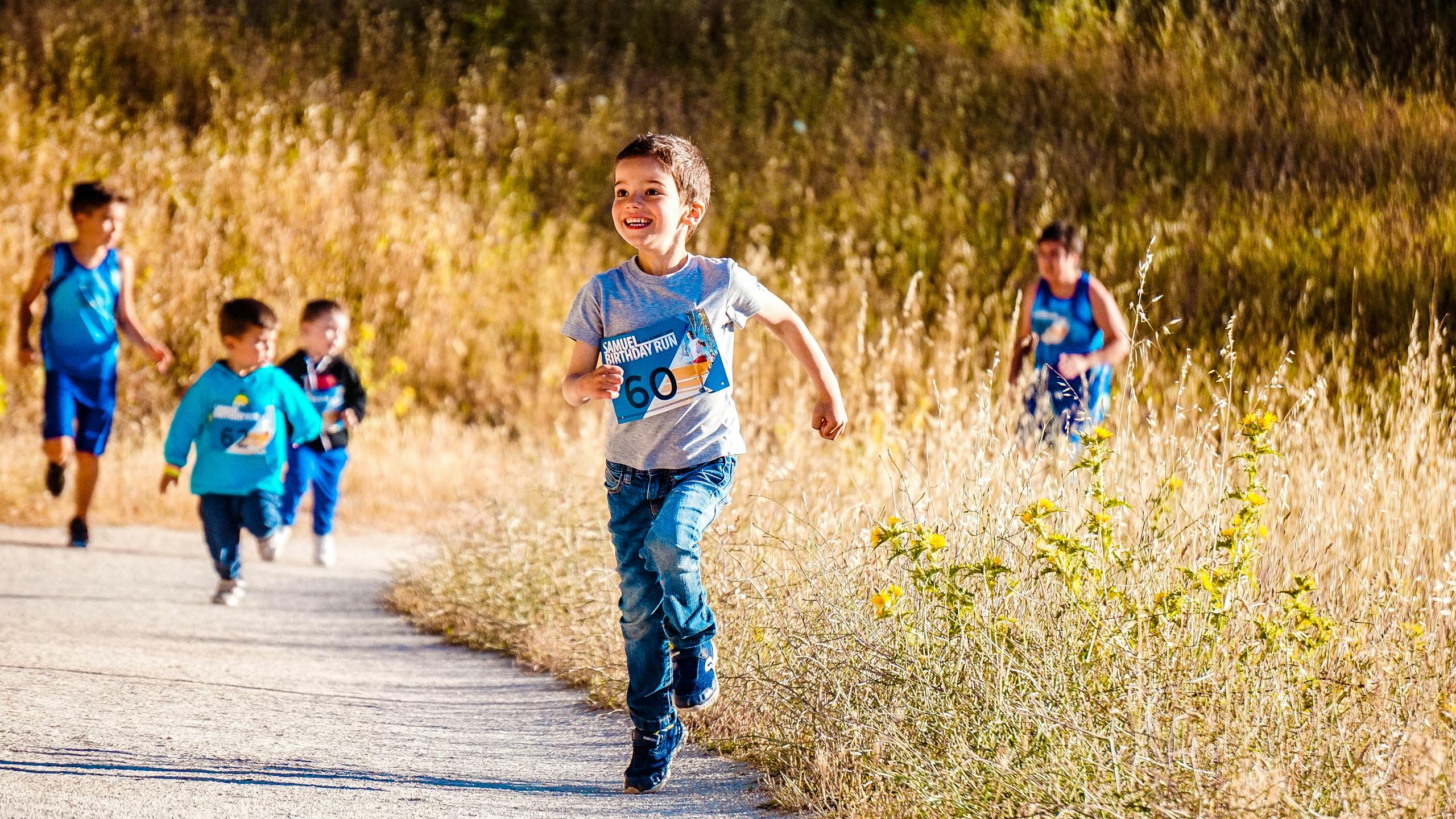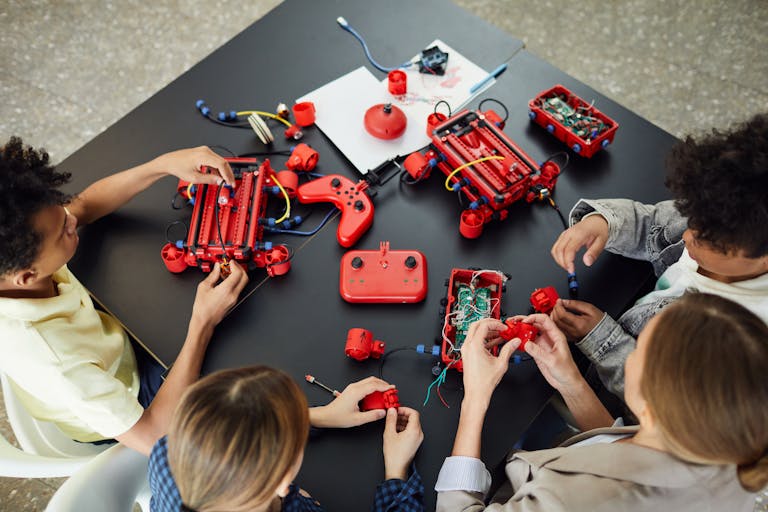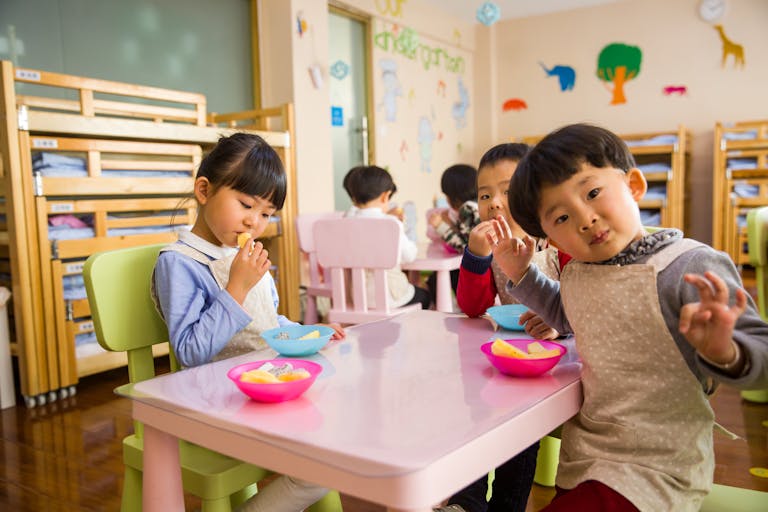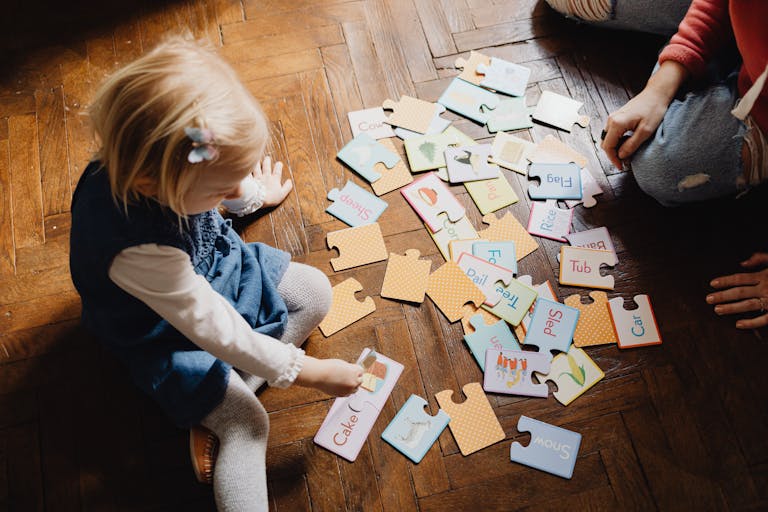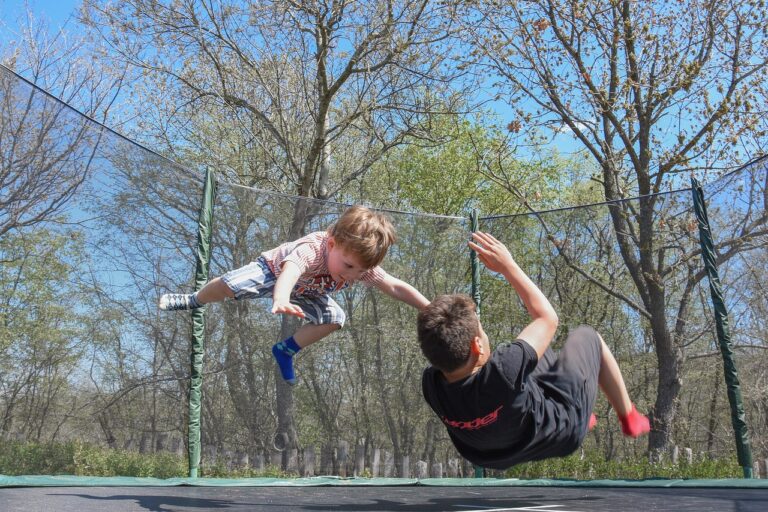Activities that Promote Emotional Well-being in Kids
In today’s fast-paced world, fostering emotional well-being in children is more important than ever. While play is naturally a part of childhood, mindfulness activities can add another layer to it, helping children manage their emotions, reduce stress, and develop healthier relationships with themselves and others. In this blog post, we’ll explore the concept of “mindful play” and how parents and caregivers can incorporate mindful activities to promote emotional well-being in kids.

What is Mindful Play?
Mindful play refers to activities that encourage children to be present and fully engaged in the moment. It helps them connect with their emotions, thoughts, and surroundings without judgment. Through mindful play, children learn to regulate their emotions, build resilience, and improve their ability to focus.
Mindfulness for kids isn’t about forcing them to meditate for long periods but rather introducing small practices that can easily be incorporated into their daily routines. These practices can help kids develop self-awareness, patience, and empathy.
Why is Mindful Play Important?

Children are naturally curious and often experience a rollercoaster of emotions. Mindful play provides a safe space for them to process these feelings in a calm and controlled manner. It can:
- Reduce anxiety and stress: Mindfulness techniques help children manage their emotions and stay calm during moments of stress or frustration.
- Enhance emotional regulation: Through mindful play, kids learn to recognize and understand their emotions, making it easier for them to cope with challenging situations.
- Improve concentration and focus: By practicing mindfulness, children can increase their attention span, which supports learning and creative play.
- Build empathy and social skills: Mindful activities encourage compassion and understanding, helping children develop better relationships with their peers.
Mindful Play Activities for Kids
Here are a few simple and fun mindful play activities you can incorporate into your child’s day to help them develop emotional well-being:
- Breathing Buddies
- What you need: A stuffed animal or soft toy.
- How it works: Ask your child to lie down with a stuffed animal on their belly. As they breathe in and out, encourage them to watch the toy rise and fall with each breath. This activity helps children focus on their breathing and become aware of how their body feels during calm moments.
- Sensory Walk
- What you need: A walk outdoors, focusing on different senses.
- How it works: Take a mindful walk with your child, asking them to focus on one sense at a time. For example, “What do you hear right now?” “Can you feel the breeze on your skin?” “What can you smell?” Encouraging kids to pay attention to their surroundings helps them stay present and calm.
- Gratitude Jar
- What you need: A jar, paper, and pens.
- How it works: Each day, have your child write or draw something they are grateful for and place it in the jar. Over time, this practice helps children recognize positive experiences and emotions, encouraging a mindset of gratitude.
- Mindful Coloring
- What you need: Coloring materials and a simple coloring page.
- How it works: Mindful coloring involves encouraging children to focus entirely on the act of coloring—observing the colors, feeling the texture of the crayons, and being absorbed in the process. This activity helps kids stay present and practice patience as they create.
- The Stoplight Game
- What you need: None, just your child’s attention.
- How it works: Teach your child to use the stoplight system to regulate emotions. Green means calm, yellow signals caution, and red indicates frustration. When your child is feeling overwhelmed, encourage them to recognize their emotional state using the stoplight, then practice a calming activity to return to “green.”
- Mindful Eating
- What you need: A snack, ideally something with varied textures or flavors (e.g., fruit, crackers).
- How it works: Ask your child to focus on their food by feeling its texture, noticing the taste, and being present in the experience of eating. This not only encourages mindfulness but also helps children develop a healthier relationship with food.
- Body Scan
- What you need: A quiet space to lie down.
- How it works: Guide your child through a body scan by encouraging them to lie down, close their eyes, and focus on each part of their body. Starting from their toes and moving upwards, ask them to notice how each body part feels—whether it’s warm, cold, tense, or relaxed. This activity promotes body awareness and relaxation.
- Emotion Charades
- What you need: None, just your child’s imagination.
- How it works: Emotion charades is a fun game where you act out different emotions (e.g., happy, sad, angry, surprised) while your child guesses which emotion it is. This activity helps children identify and label their emotions, an important part of emotional regulation.
Tips for Encouraging Mindful Play

- Model mindfulness: Children learn by observing adults, so practice mindfulness yourself and demonstrate how you stay calm and present in different situations.
- Keep it short and fun: Kids have short attention spans, so try to keep mindful activities playful and brief. The goal is to make mindfulness enjoyable, not a chore.
- Be patient: Mindfulness takes time to develop. Encourage your child, but don’t pressure them to perform perfectly. Celebrate small successes and progress.
Conclusion
Mindful play is a wonderful tool for helping children manage their emotions, build resilience, and develop a greater sense of well-being. By incorporating simple mindfulness activities into their daily routines, you’re giving them the tools to navigate the challenges of growing up with calmness and confidence. Mindful play is not just an activity; it’s a life skill that will benefit them throughout their childhood and beyond. So, let’s help kids slow down, breathe, and be present—one mindful moment at a time!

